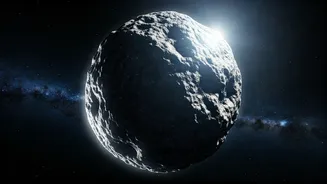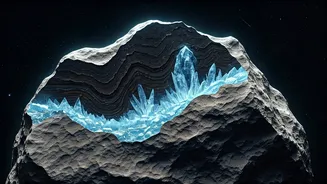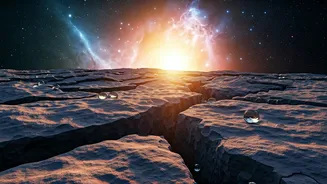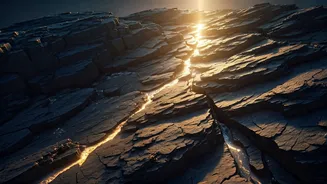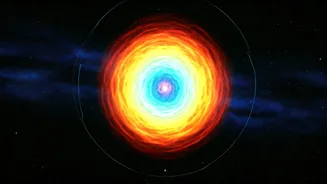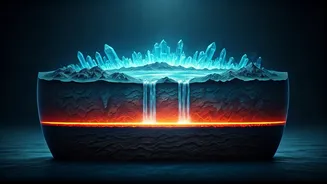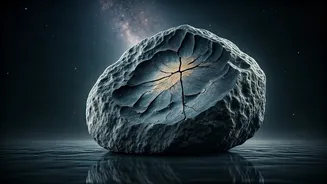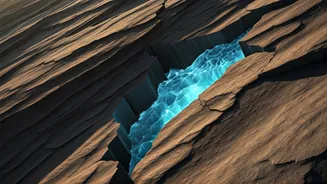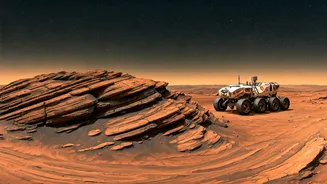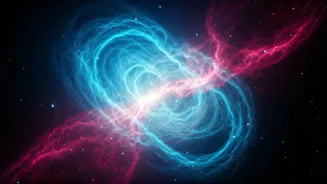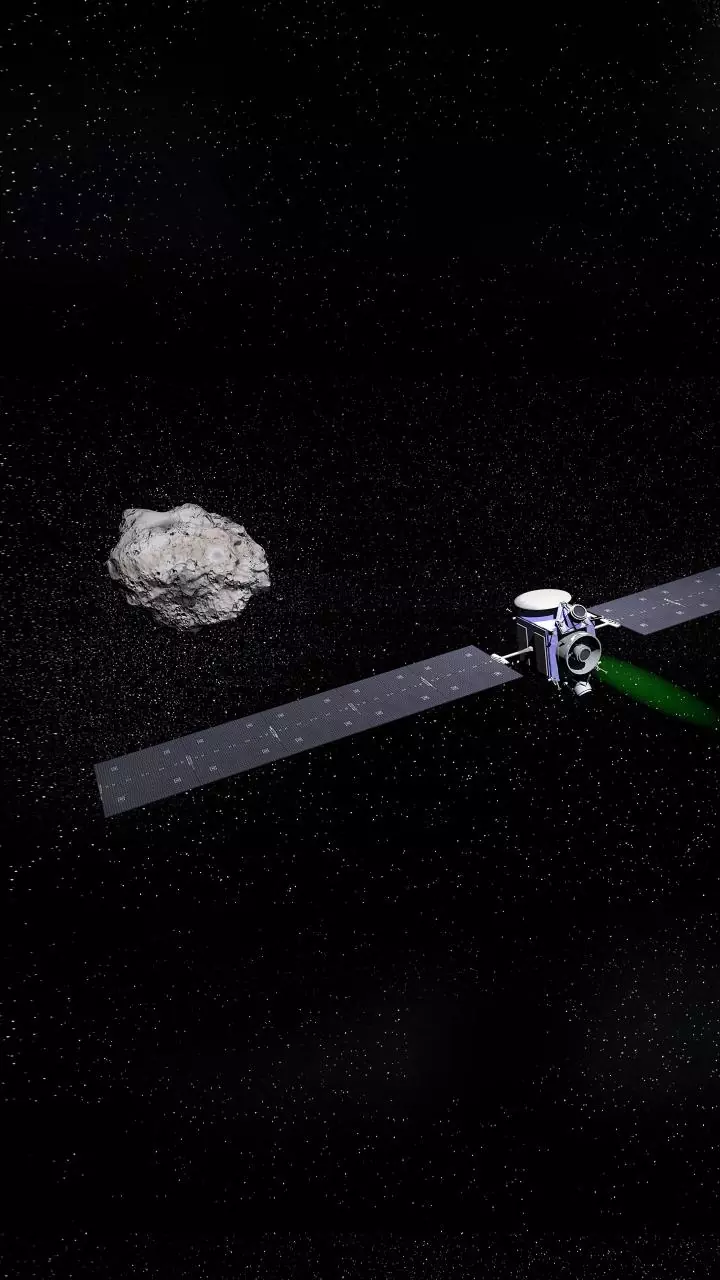Ryugu's Watery Secrets
Asteroid Ryugu, a celestial body that has captured the attention of scientists worldwide, has yielded extraordinary findings. Researchers have successfully
identified evidence of ancient water within the samples brought back from Ryugu, a major achievement. These water traces are estimated to be around a billion years old, presenting an invaluable opportunity to scrutinize the conditions of the early solar system. The samples offer a peek into the building blocks of planets and the origin of water on Earth. This discovery allows for exploration into the mechanisms and conditions in which water became a critical element in the development of life. The remarkable preservation of this ancient water is also a testament to the scientific rigor of sample retrieval and analysis.
Decoding Asteroid Samples
The process of extracting and analyzing samples from Ryugu was a feat of scientific engineering. The samples were meticulously collected by the Japanese Hayabusa2 spacecraft. The spacecraft delivered these samples to Earth, where scientists conducted sophisticated analyses. Through advanced techniques, they were able to detect the water molecules within the asteroid's structure. The analyses included spectroscopic and isotopic studies to determine the composition and origin of the water. The detailed study of the samples required careful handling and state-of-the-art equipment. Every step, from collection to analysis, aimed to preserve the integrity of the material and guarantee the precision of the data. This meticulous approach has allowed scientists to glean groundbreaking insights into the history of the solar system and the role of asteroids in delivering water to nascent planets.
Water's Journey to Earth
The discovery of ancient water within Ryugu has strong implications for understanding how water came to Earth. The prevailing theory suggests that water was delivered to Earth by asteroids and comets during the early stages of its formation. Ryugu's composition and the presence of water support this theory. The water found in Ryugu contains isotopic ratios similar to those of Earth's water. This lends credence to the idea that asteroids like Ryugu were important transporters of water. This revelation gives scientists a more refined understanding of how the building blocks of life could have arrived on Earth. It also helps in predicting the potential for other water-rich celestial bodies and assessing the possibility of extraterrestrial life.
Implications and Future Research
The findings from Ryugu open up new avenues for scientific investigation. Researchers can now develop a better understanding of the origin and distribution of water within the solar system. Future missions might target other asteroids or comets to collect more samples for further analysis. The study of Ryugu offers important insights into the origins of water and the formation of planets in our solar system. The discovery also provides a base for future projects that could help us find life beyond Earth. The next steps will involve further studying the composition of the Ryugu samples and comparing them to samples from other celestial bodies to enhance our understanding of planetary formation.
